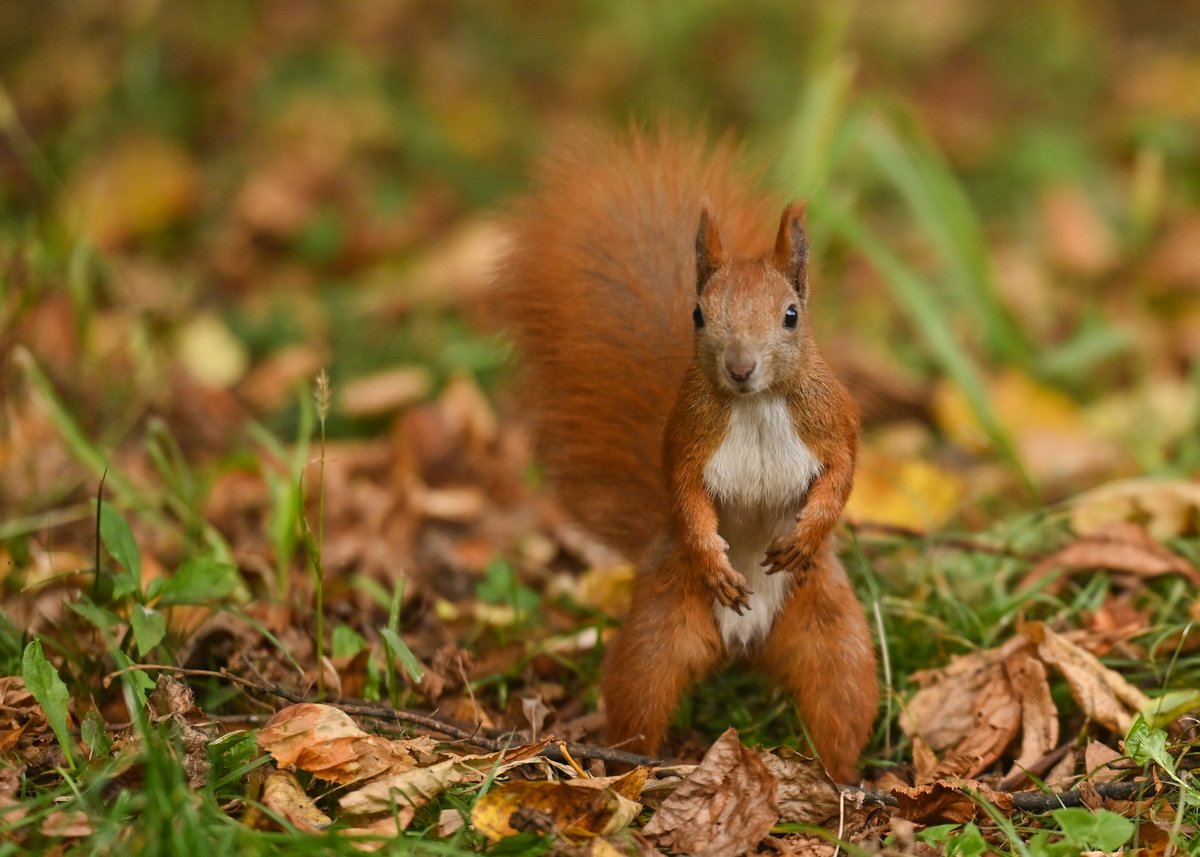Copyright scotsman

Autumn is one of the most beautiful times of the year to explore Scotland’s spectacular countryside, as temperatures cool and the trees are transformed into a glorious tapestry of orange, yellow and red. Indeed, there’s little that beats a crisp autumn walk followed by a hot cup of tea, or a well-earned pint in a cosy pub. While you might think spring or summer is the best season to experience nature in full bloom, autumn can be a wonderful time to catch a sight of Scotland’s wildlife busily preparing for the winter months. In fact, the transitional season is a brilliant time to see some of the country’s classic wildlife, including red squirrels, grey seals, birds of prey and red deer. During autumn, you can witness what is known as deer “rutting” - an event in which stags or bucks, male deers, lock antlers in competition for females. The end of September through to the start of November is the very best time to see this incredible phenomenon, especially in the early morning or evening while the woods are quiet. This year, the outdoors brand Millets has crunched the numbers of species, including mammals, birds and fish, that can be spotted in the areas across the UK where people might head to see wildlife this season. Using data from autumn 2024 from NBN atlas, the UK's largest collection of biodiversity information, and ONS, the brand has compiled a list of places with the largest variety of wildlife to see at this tine of year. Dumfries and Galloway, home to Galloway Forest Park and Mabie Forest, topped the list of the areas to spot a rich variety of wildlife this autumn, with 35 different species spotted per square kilometre between September and November last year. The region is a fantastic sport for birdwatchers, as well as to catch a sight of red deer and squirrels. In second place was Aberdeenshire, with 31 species spotted per square kilometre. The region has an incredible offering of spots for wildlife lovers, including the Loch of Strathbeg, St Cyrus and Forvie Nature Reserve. During the autumn season, visitors can spot migratory birds, raptors, squirrels and red deer. Grey seals can also be seen at Newburgh Seal Beach. With 30 species spotted per square kilometre, rounding off the top three is the Scottish Borders. The region has one of Scotland’s largest red squirrel populations, while other wildlife that can be spotted in the area include redwings, jays, roe deer, waterfowl and seabirds. Red squirrels are most active in the spring and autumn seasons. In autumn, they might be seen scurrying around the woodland floor building their winding stores. Despite their name, they are not always a bright red colour, with their coats varying in colour from brown or greyish to nearly black. What makes them more distinguishable from their grey counterparts is their size. They are smaller than grey squirrels and have a more pointed face. In fourth place is Argyll and Bute, just a short trip from Glasgow. With 29 different species spotted per square kilometre last autumn, it is a great place for some wildlife watching as the leaves change colour. You can catch a sight of some of Scotland's indigenous wild animals, including the red deer and squirrel, as well as the harbour seal, otter and even the golden eagle. And finally, in fifth place, is the Highlands. This region offers a spectacular chance to see wildlife all year round, and autumn is no exception. Golden eagles can be seen across the region, and the dramatic mountains, lochs and glens offer a jaw-dropping backdrop to see red deer and other indigenous species.



